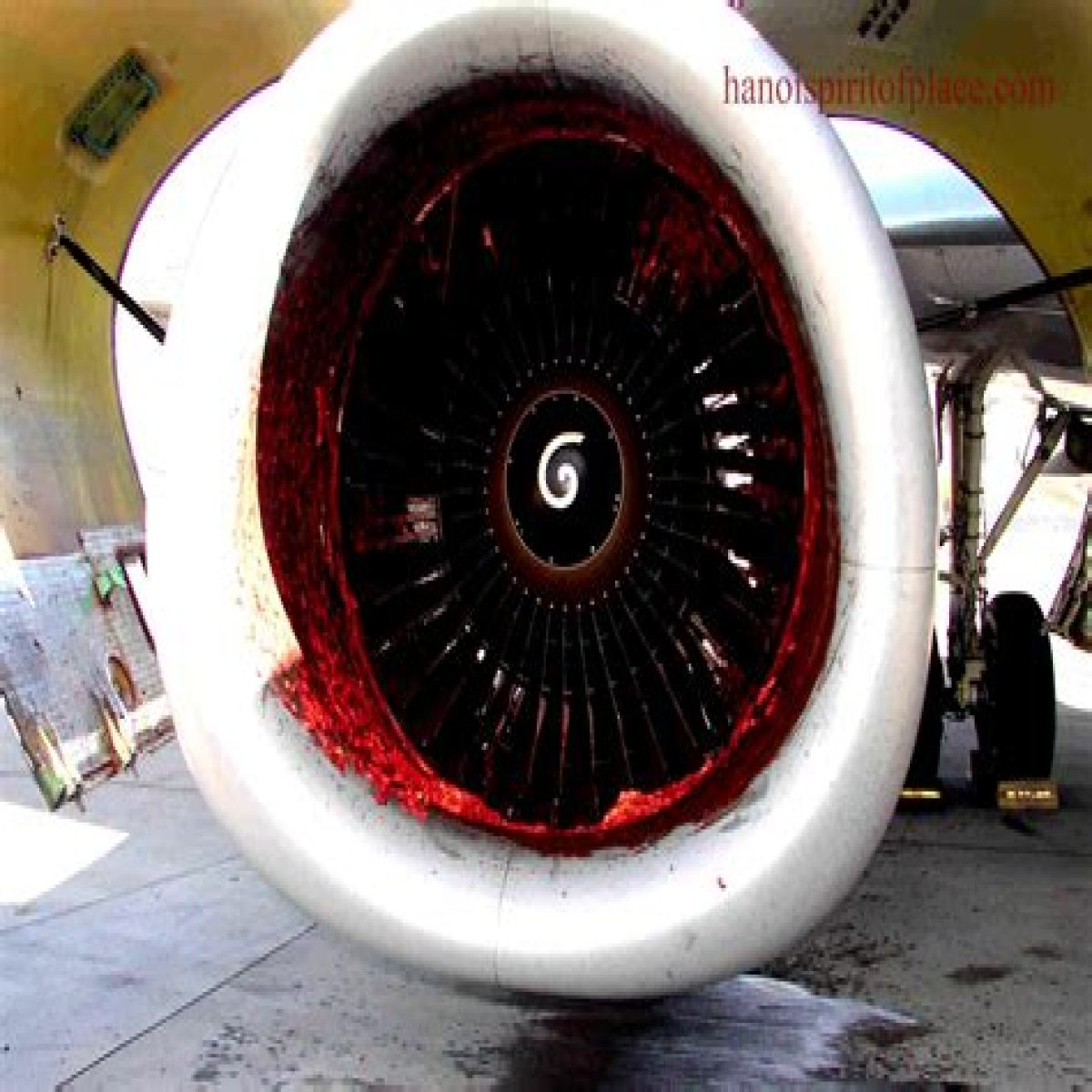The Air Astana 2004 incident engine video is a pivotal moment in aviation history that raised numerous questions about safety, protocol, and emergency measures. This incident not only shocked the aviation community but also sparked discussions that would ultimately lead to enhanced safety regulations. Understanding what transpired during this event is crucial for both aviation enthusiasts and professionals alike.
In 2004, Air Astana, the flagship carrier of Kazakhstan, faced a significant challenge when one of its aircraft experienced an engine failure shortly after takeoff. The incident was captured on video, providing a rare glimpse into the chaos and procedures that unfolded. As the video circulated, it became a point of reference for training and discussion within the aviation industry.
As we delve deeper into the details surrounding the Air Astana 2004 incident engine video, we will explore the implications of the event, the reactions from both the airline and regulatory bodies, and what lessons were learned in the aftermath. Join us in uncovering the layers of this incident, its impact on aviation safety, and how it resonates even today.
What Happened During the Air Astana 2004 Incident?
The Air Astana 2004 incident occurred on a routine flight that quickly turned into a harrowing experience for both passengers and crew. Shortly after takeoff, the aircraft encountered a significant engine issue that required immediate attention. Pilots and crew members had to act swiftly to ensure the safety of everyone on board.
How Did the Crew Handle the Emergency?
In aviation, crew training is vital for managing emergencies effectively. During the Air Astana incident, the crew's training was put to the test. They followed established protocols, which included assessing the situation, communicating with air traffic control, and preparing for a potential emergency landing. Their quick thinking and adherence to procedures played a crucial role in averting a more disastrous outcome.
What Were the Immediate Consequences of the Incident?
The immediate consequences of the Air Astana 2004 incident were profound. Emergency services were on standby as the aircraft made its return to the airport. Passengers were understandably shaken, and the crew worked diligently to maintain calm. The incident prompted an investigation not only into the technical failure but also into the airline's operational procedures.
How Did the Air Astana 2004 Incident Engine Video Come to Light?
The emergence of the Air Astana 2004 incident engine video played a significant role in raising awareness about aviation safety. Witnesses on the ground captured footage of the aircraft in distress, which soon circulated across various media platforms. This video served as a crucial tool for analysis, allowing experts to dissect the event frame by frame.
What Insights Can Be Gained from the Video?
The video of the Air Astana incident provides valuable insights into the dynamics of in-flight emergencies. It allows viewers to witness the reactions of the crew and the decisions made in real-time. Analysts and safety experts have utilized this footage to enhance pilot training programs and improve emergency protocols across the industry.
How Has the Incident Influenced Aviation Safety Regulations?
In the aftermath of the Air Astana 2004 incident, regulatory bodies conducted thorough investigations to determine the root causes of the engine failure. As a result, new safety regulations were introduced to ensure that similar incidents would be less likely to occur in the future. The lessons learned from this incident continue to shape aviation safety standards today.
What Are the Long-term Implications of the Incident?
The long-term implications of the Air Astana 2004 incident reach far beyond the immediate aftermath. It has become a case study in aviation safety, emphasizing the importance of rigorous training, effective communication, and adherence to protocols. Airlines worldwide have drawn lessons from this event to enhance their operational practices and ensure passenger safety.
How Has Air Astana Evolved Since 2004?
Since the 2004 incident, Air Astana has made significant strides in improving its safety culture and operational efficiency. The airline has invested in advanced training programs for its pilots and crew, implemented new safety measures, and upgraded its fleet. These changes reflect a commitment to learning from past mistakes and prioritizing passenger safety.
What Can Passengers Learn from the Air Astana Incident?
For passengers, the Air Astana 2004 incident serves as a reminder of the importance of understanding aviation safety. While incidents are rare, being informed about how airlines handle emergencies can provide peace of mind. Passengers can also appreciate the rigorous training and protocols that aviation professionals undertake to ensure their safety in the skies.
| Personal Details | Bio Data |
|---|---|
| Airline | Air Astana |
| Year of Incident | 2004 |
| Event Type | Engine Failure |
| Location | Kazakhstan |
| Aircraft Type | Not specified |
| Outcome | No casualties reported |
The Air Astana 2004 incident engine video stands as a powerful testament to the complexities of aviation safety. It highlights the need for continuous improvement in training, procedures, and regulations. As we reflect on this incident, it becomes clear that learning from the past is essential for shaping a safer future in the skies.
Candice And Crystal: Are They Still Together?Exploring The Life And Career Of Anthony Kiedis In 2024Unraveling The Enigma Of Cast Lawless: A Journey Through Time
Air Astana Engine Incidents Exploring The 2004 And 2015 Cctv Footage
Aircraft mechanic sucked into jet engine • GoreCenter
Air Astana Engine Incidents Exploring The 2004 And 2015 Cctv Footage
